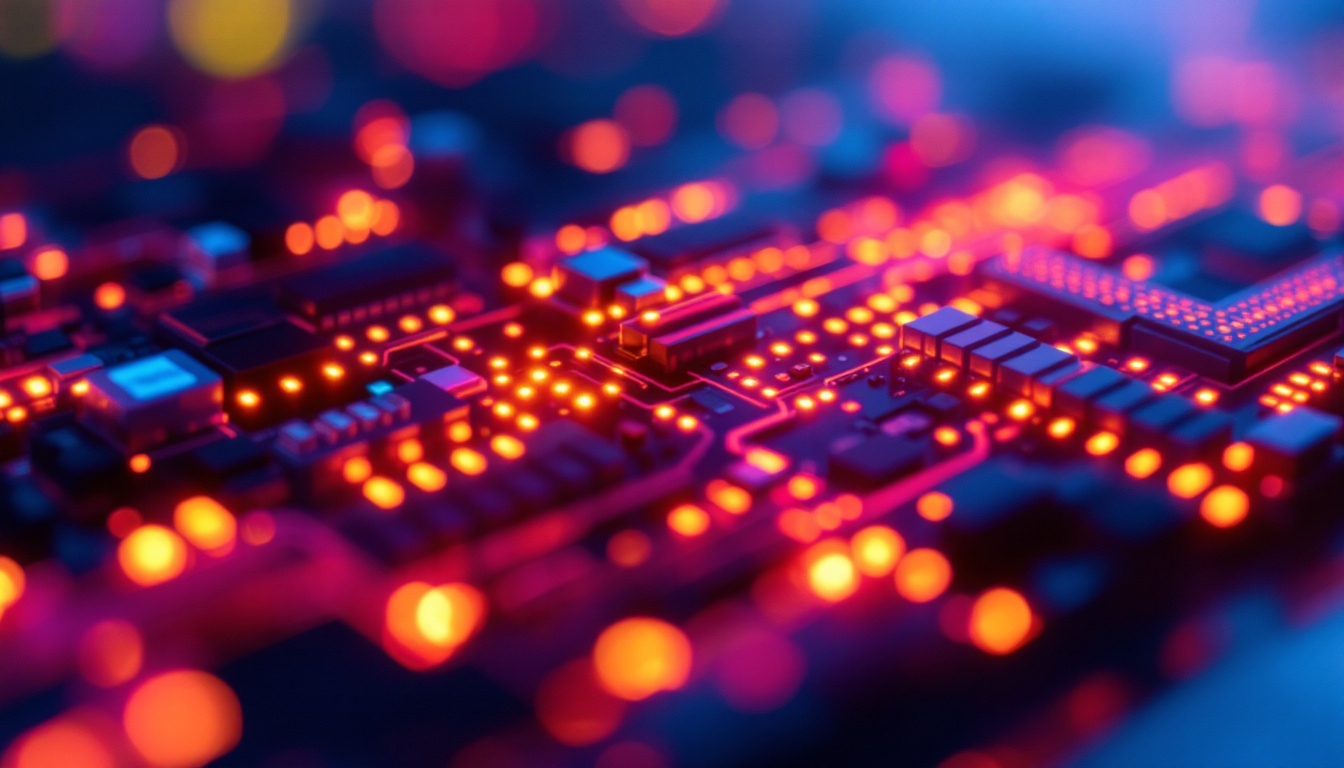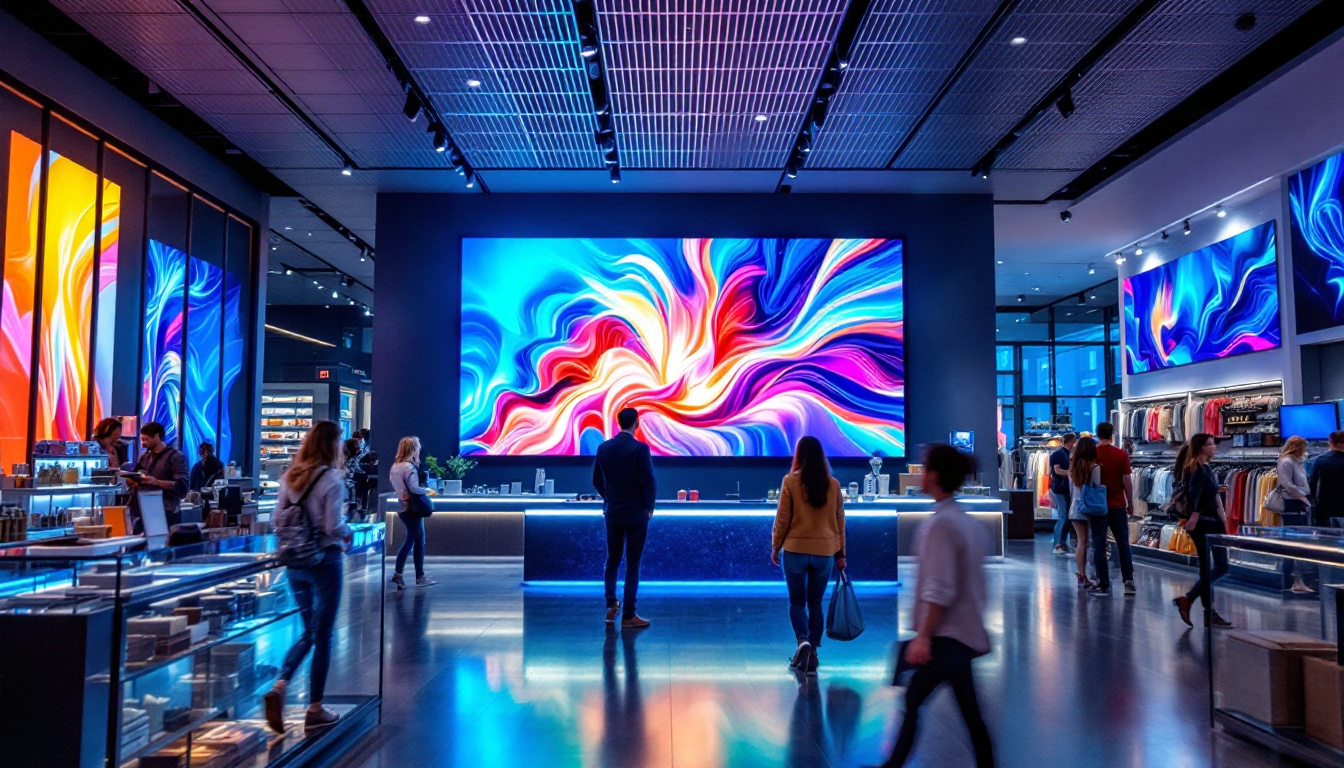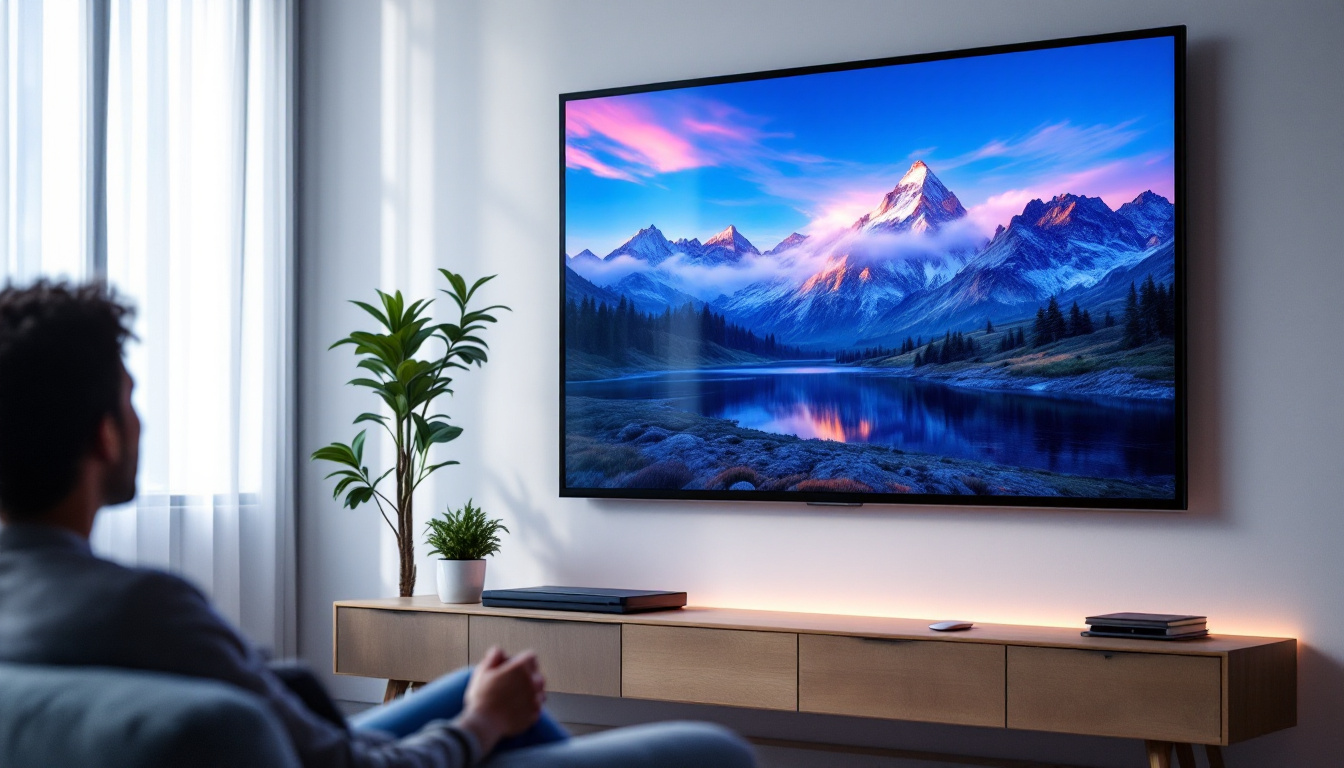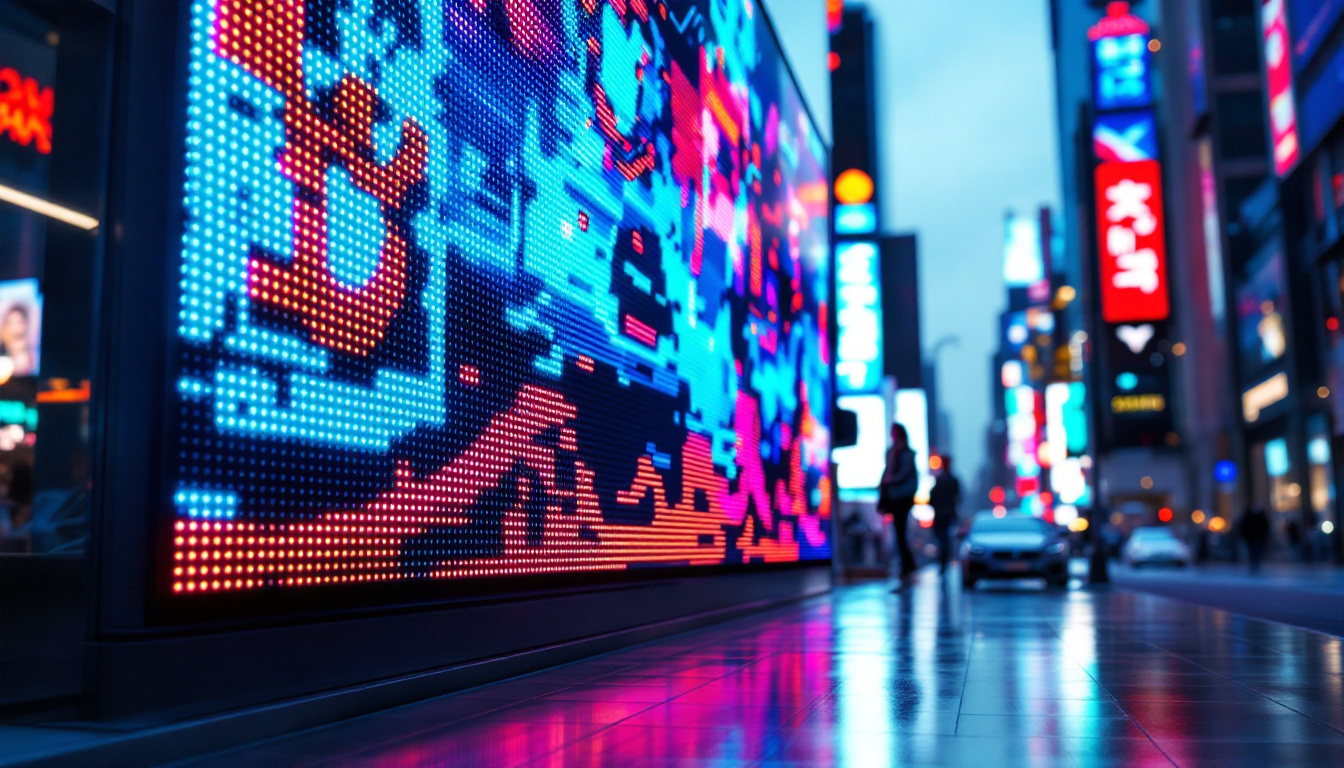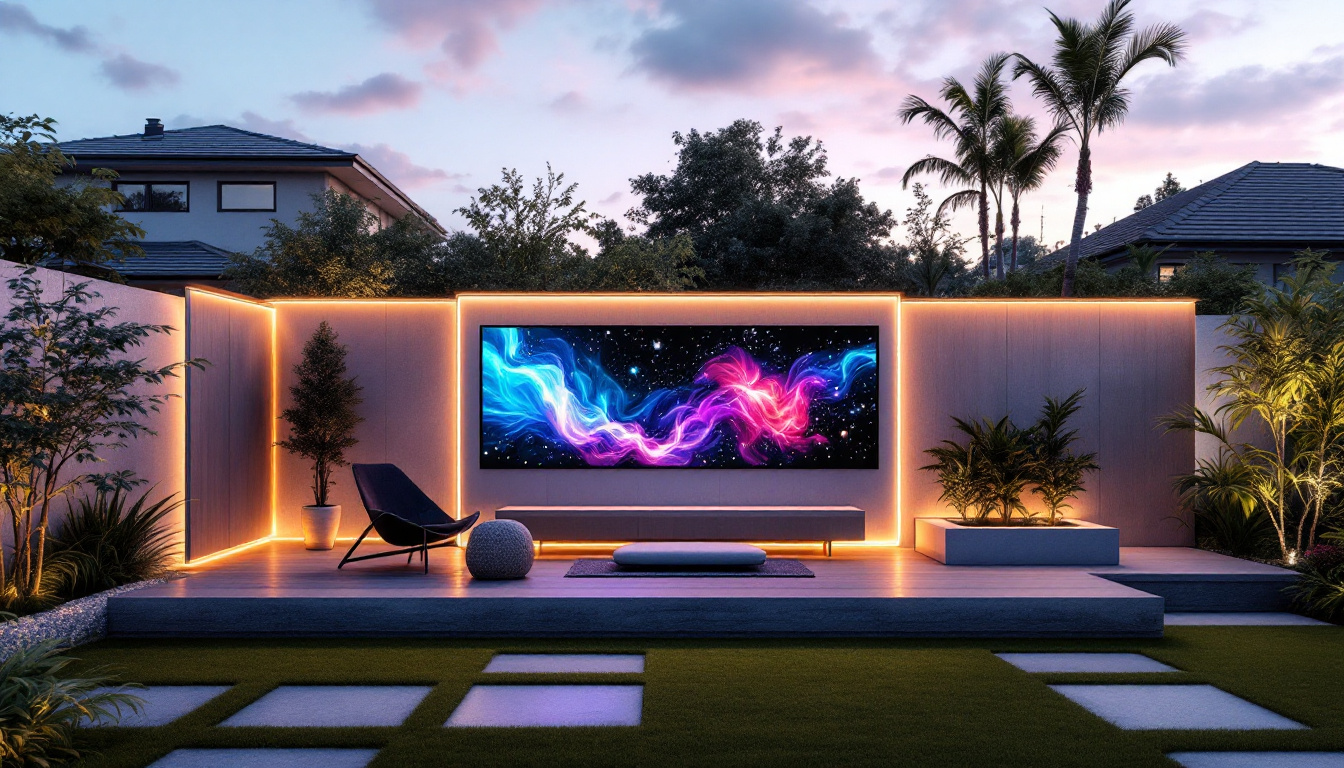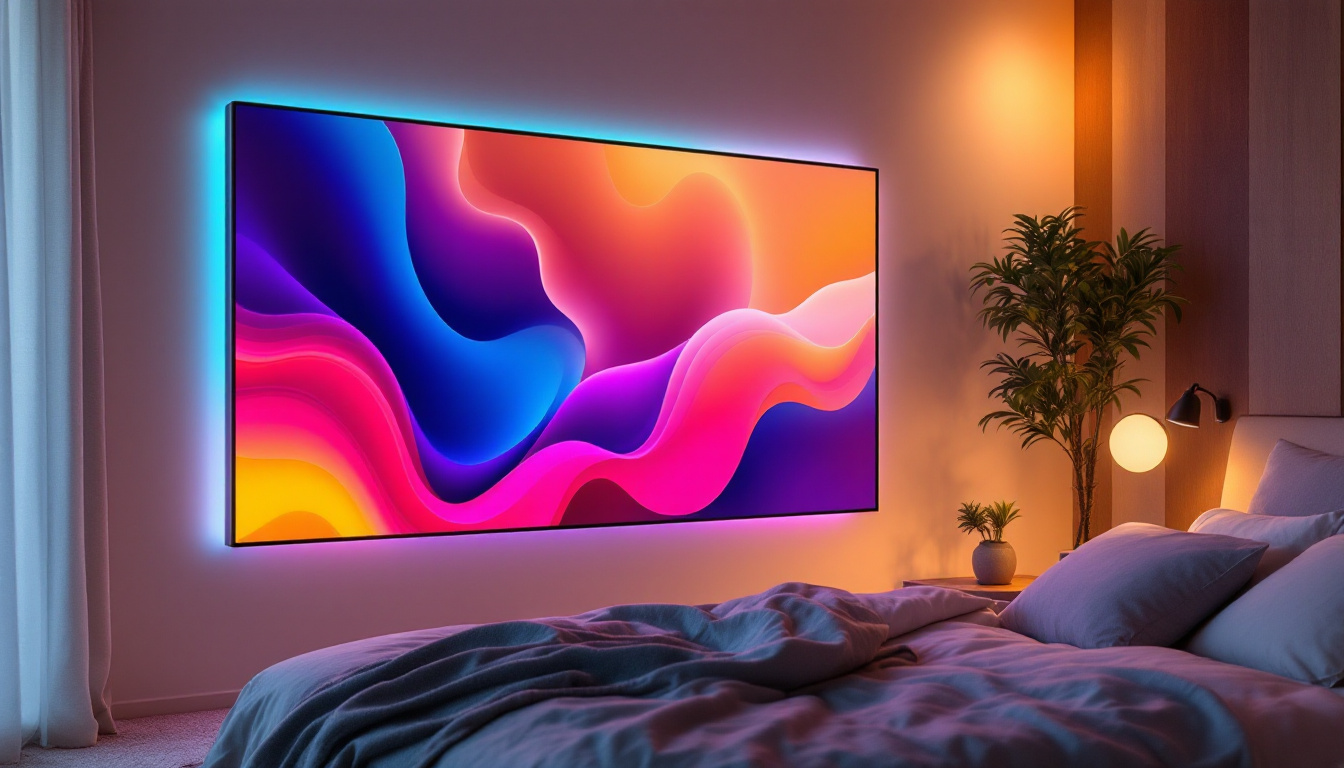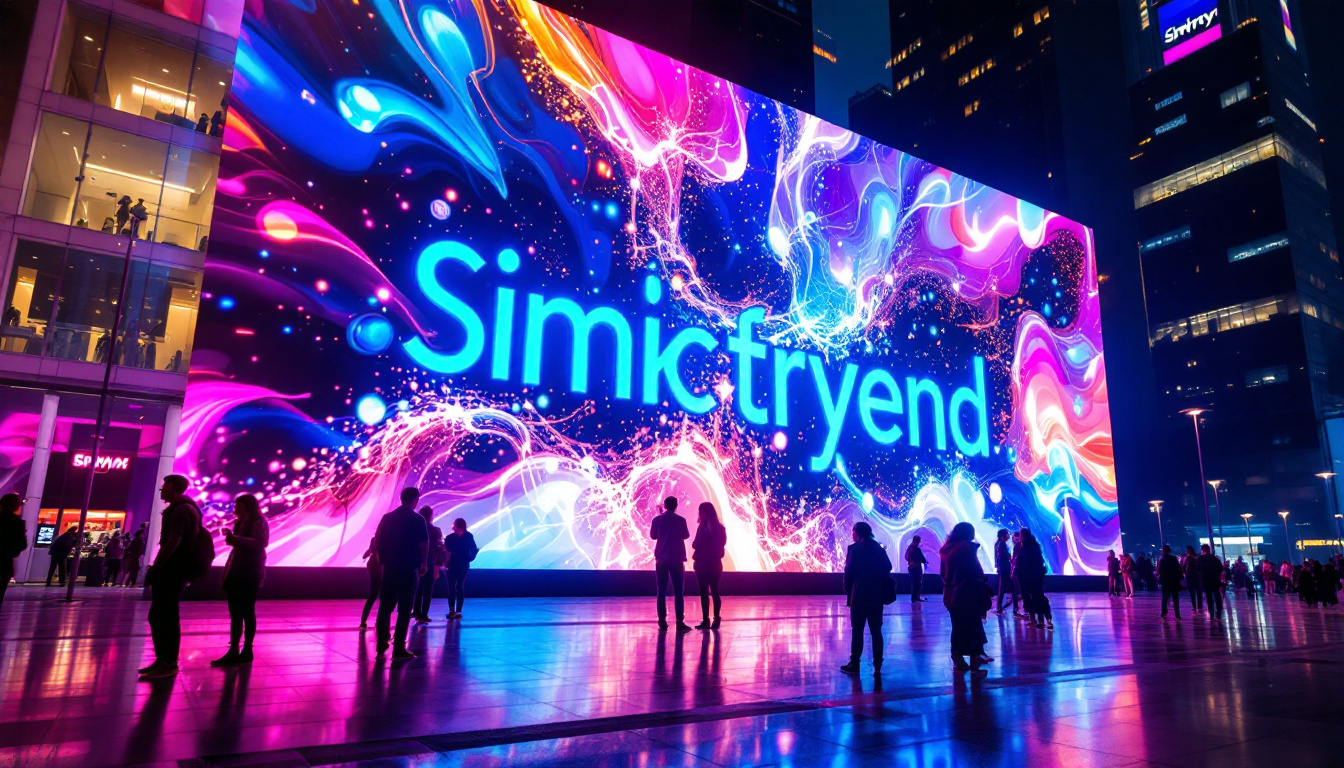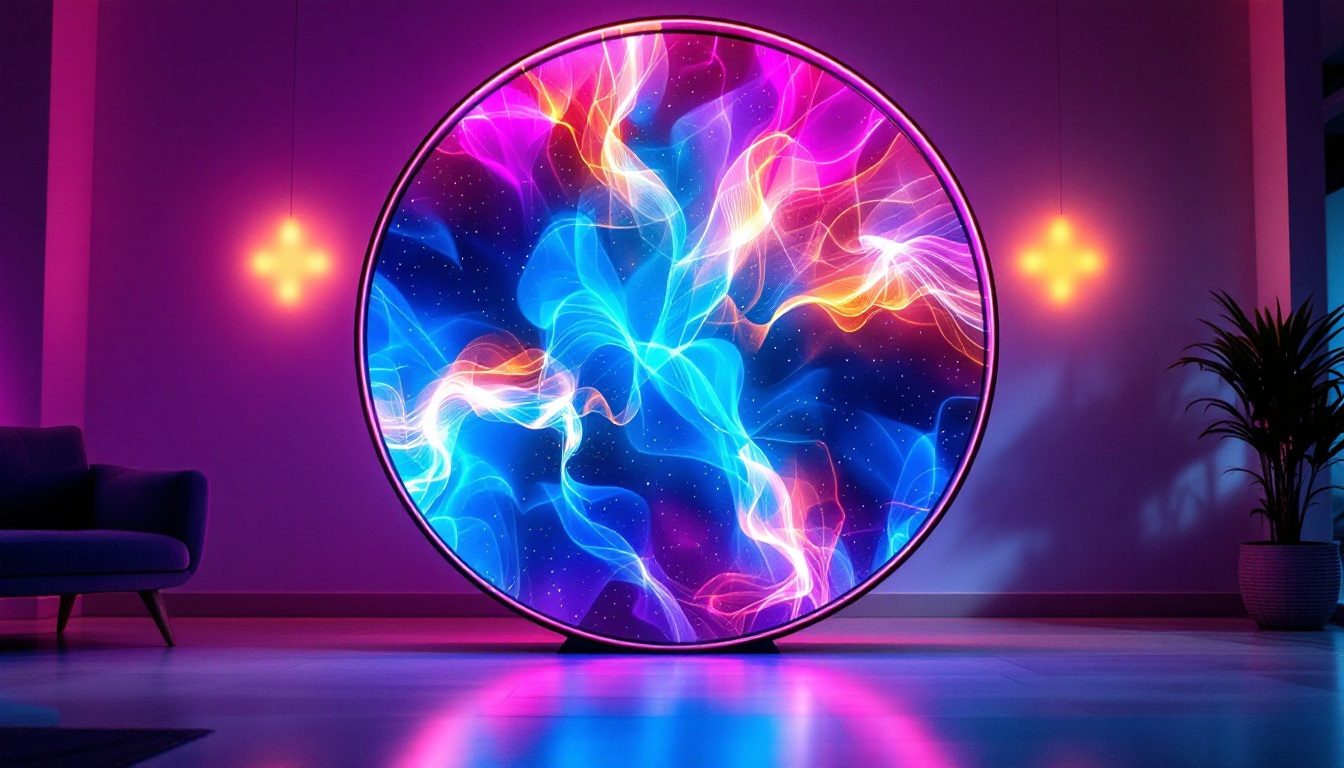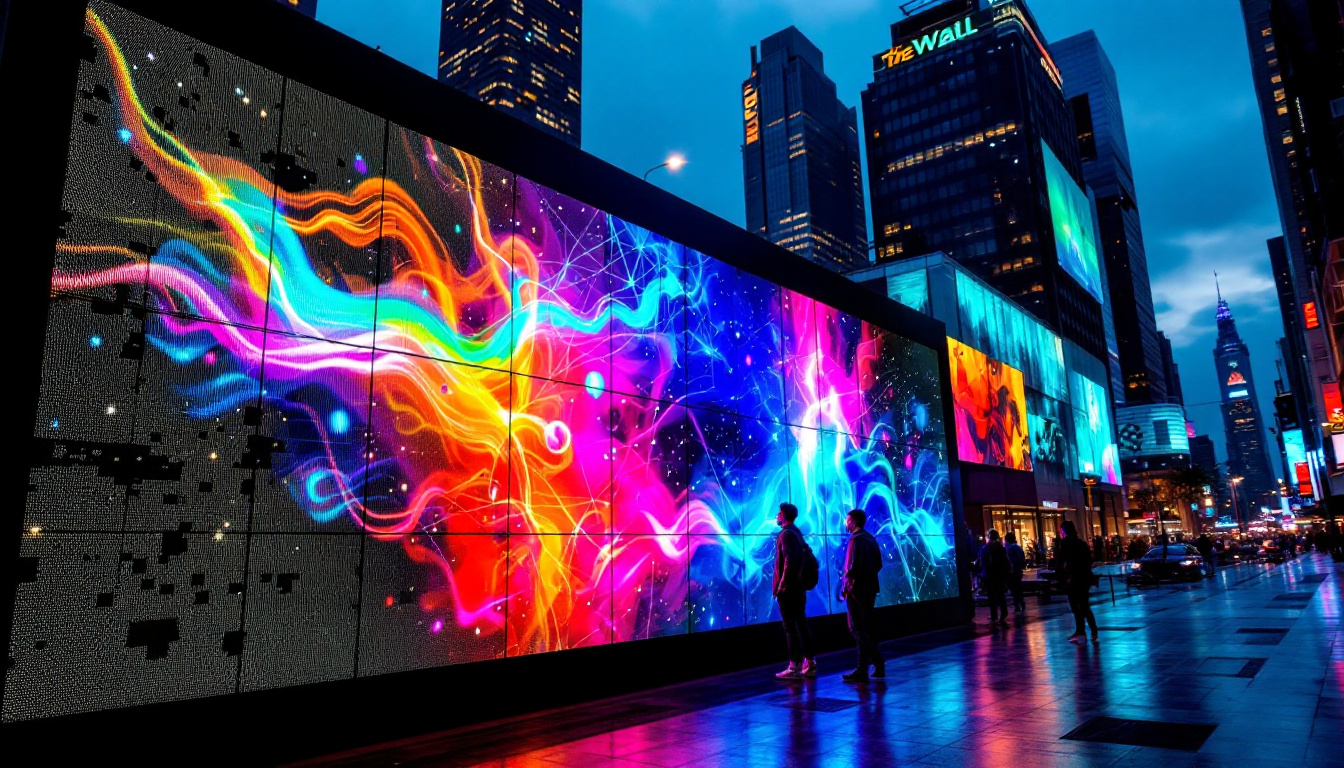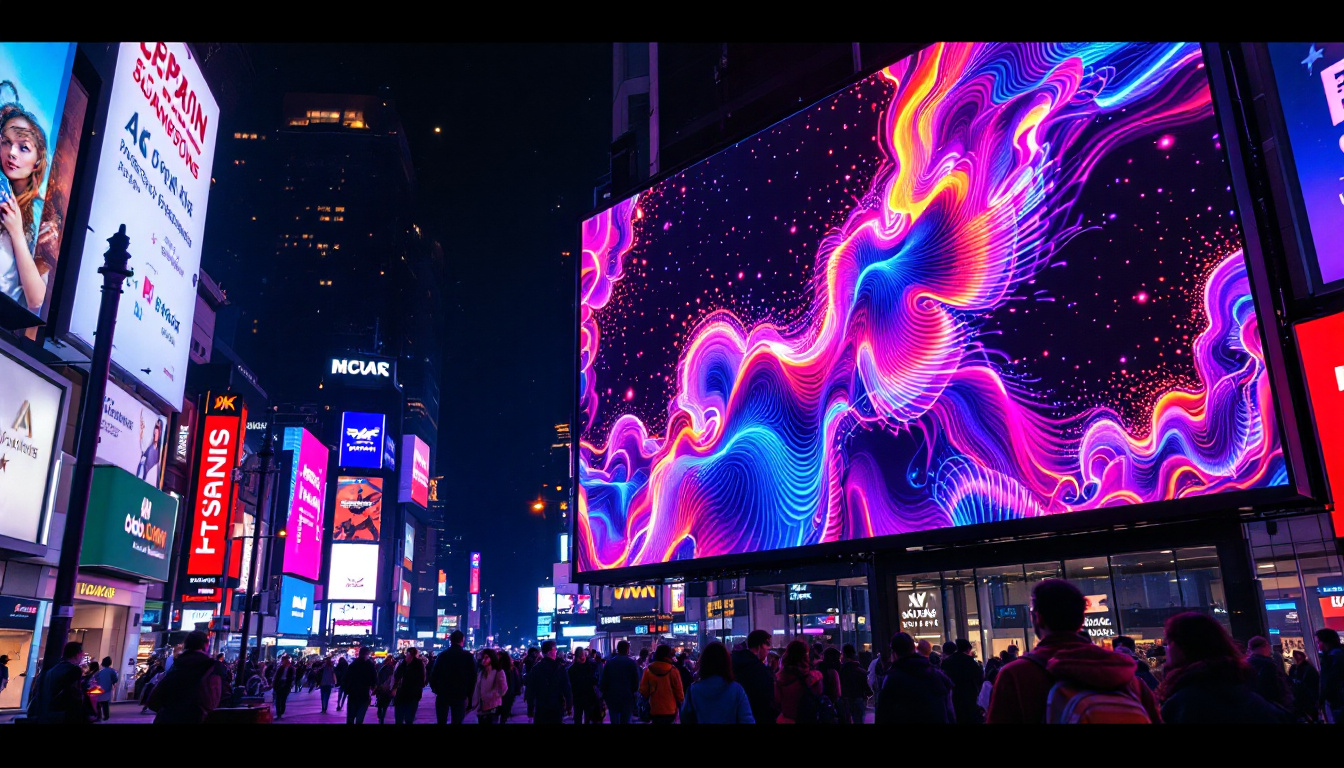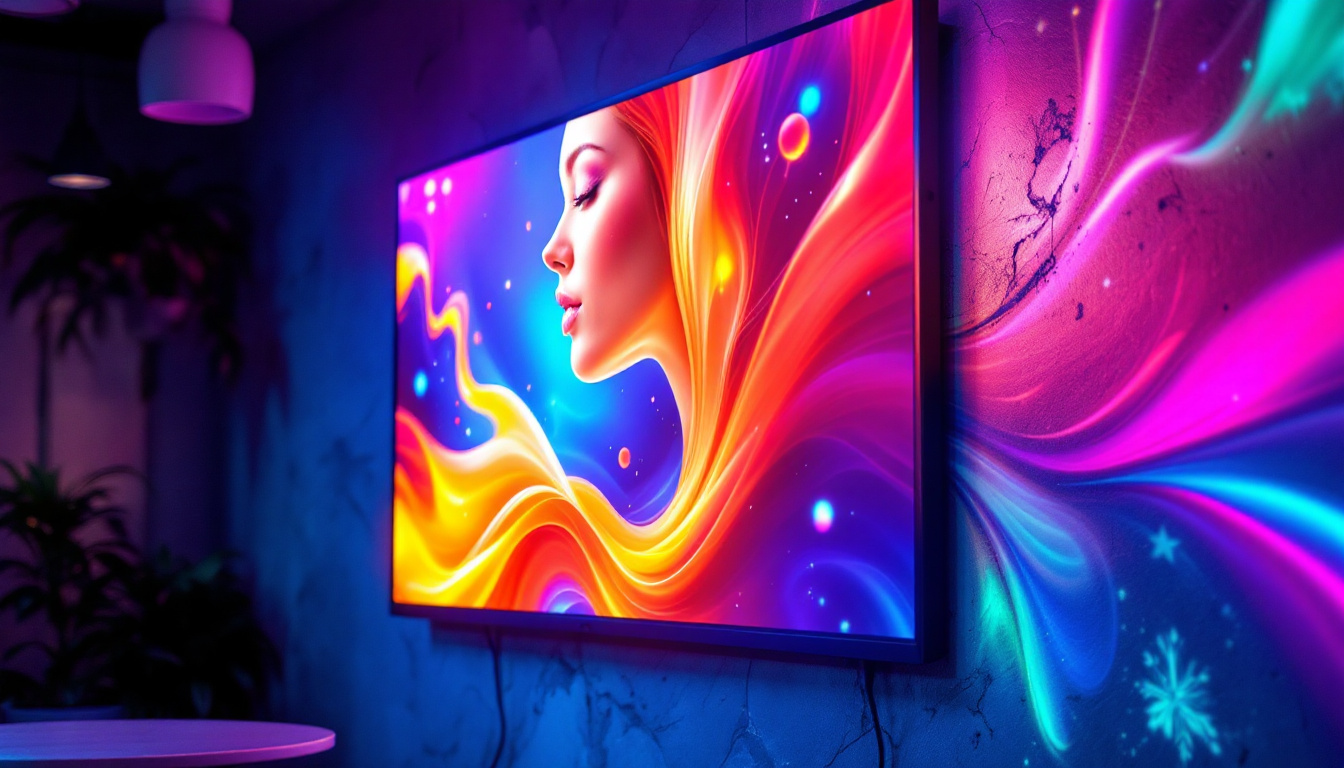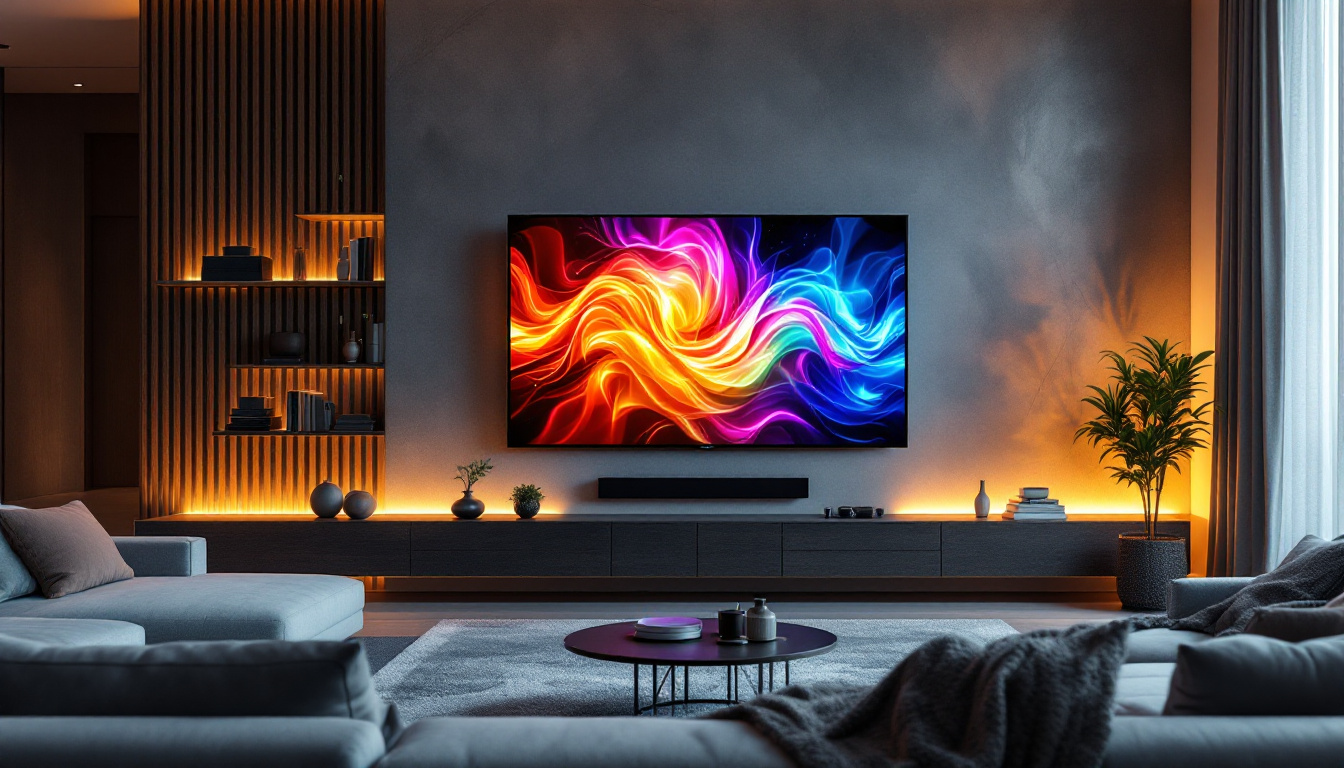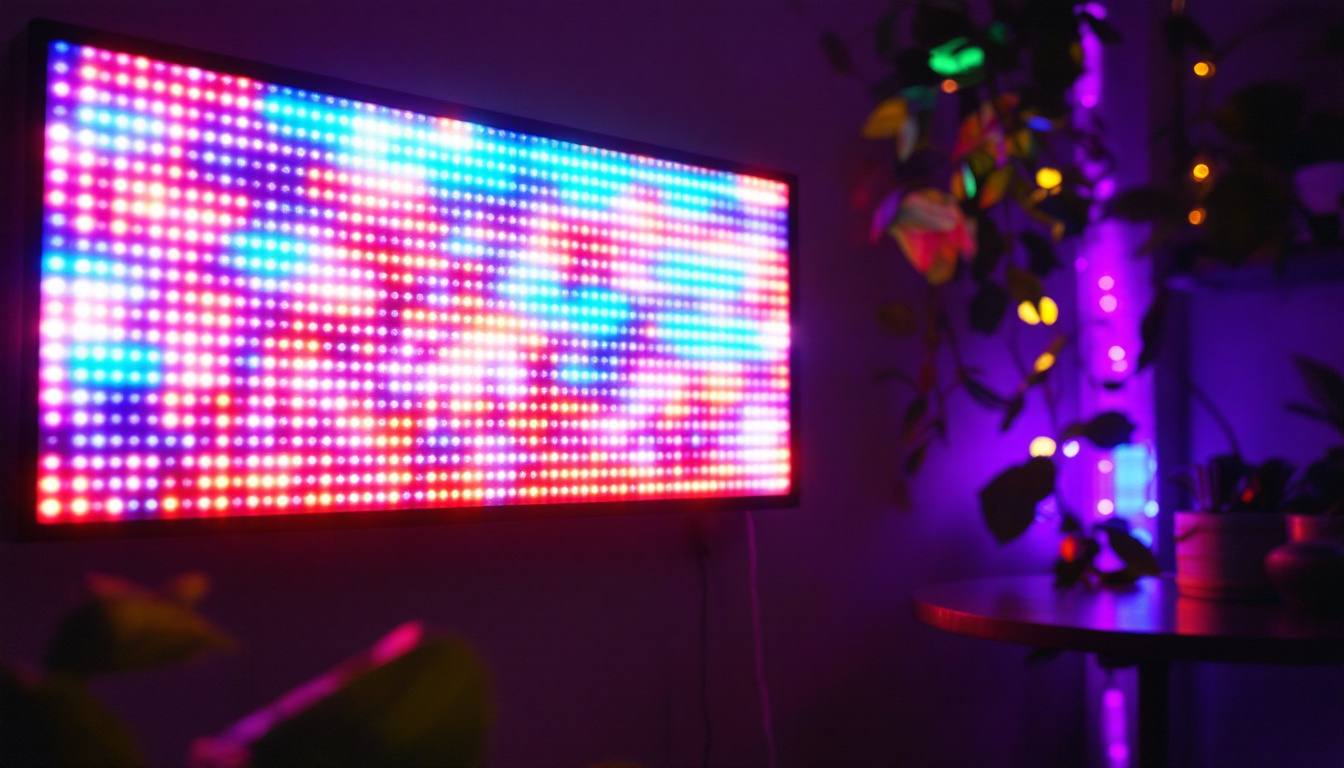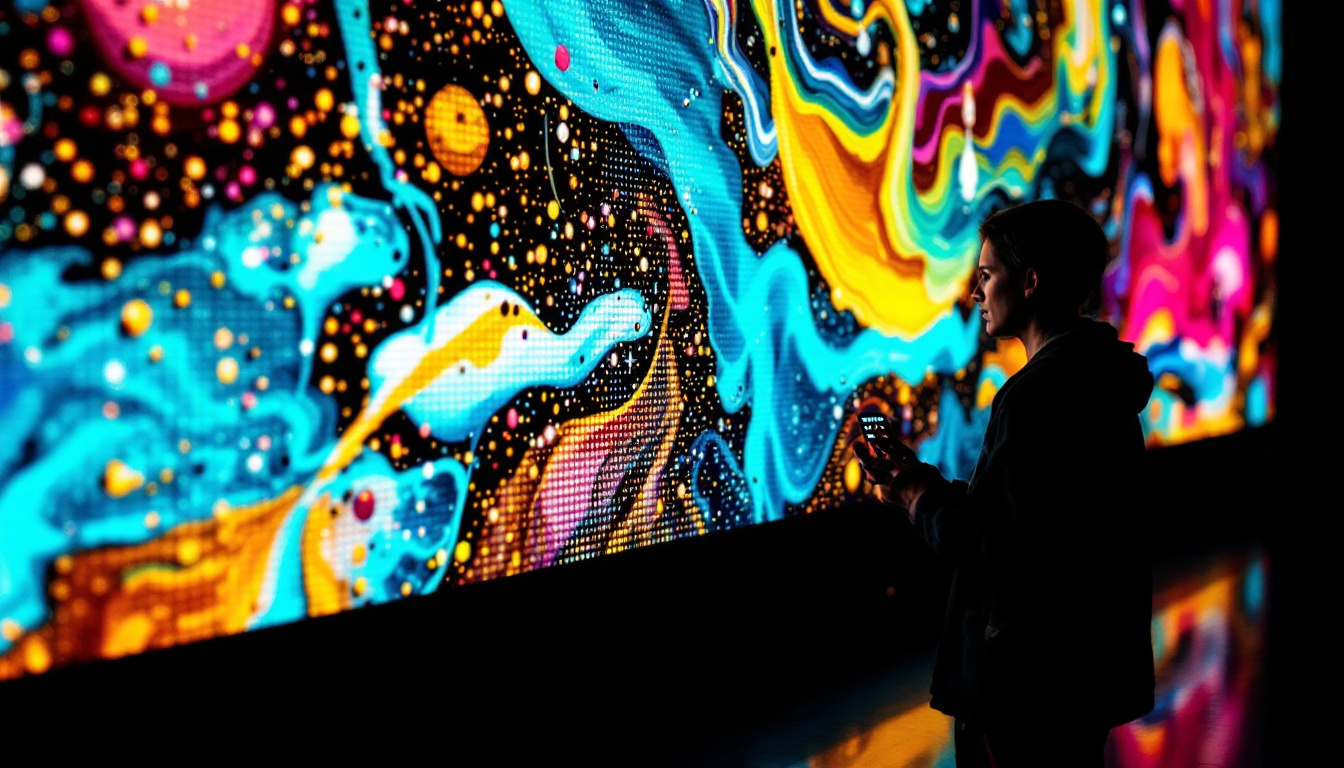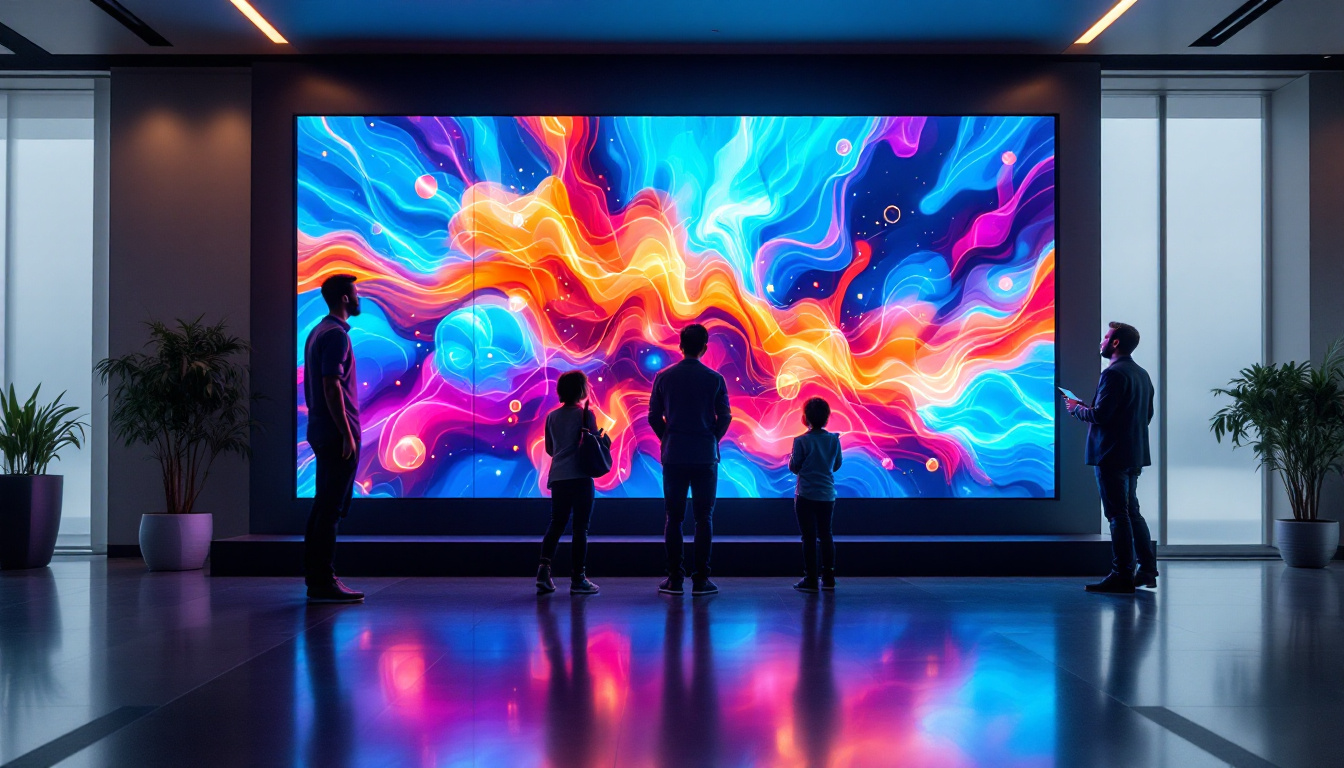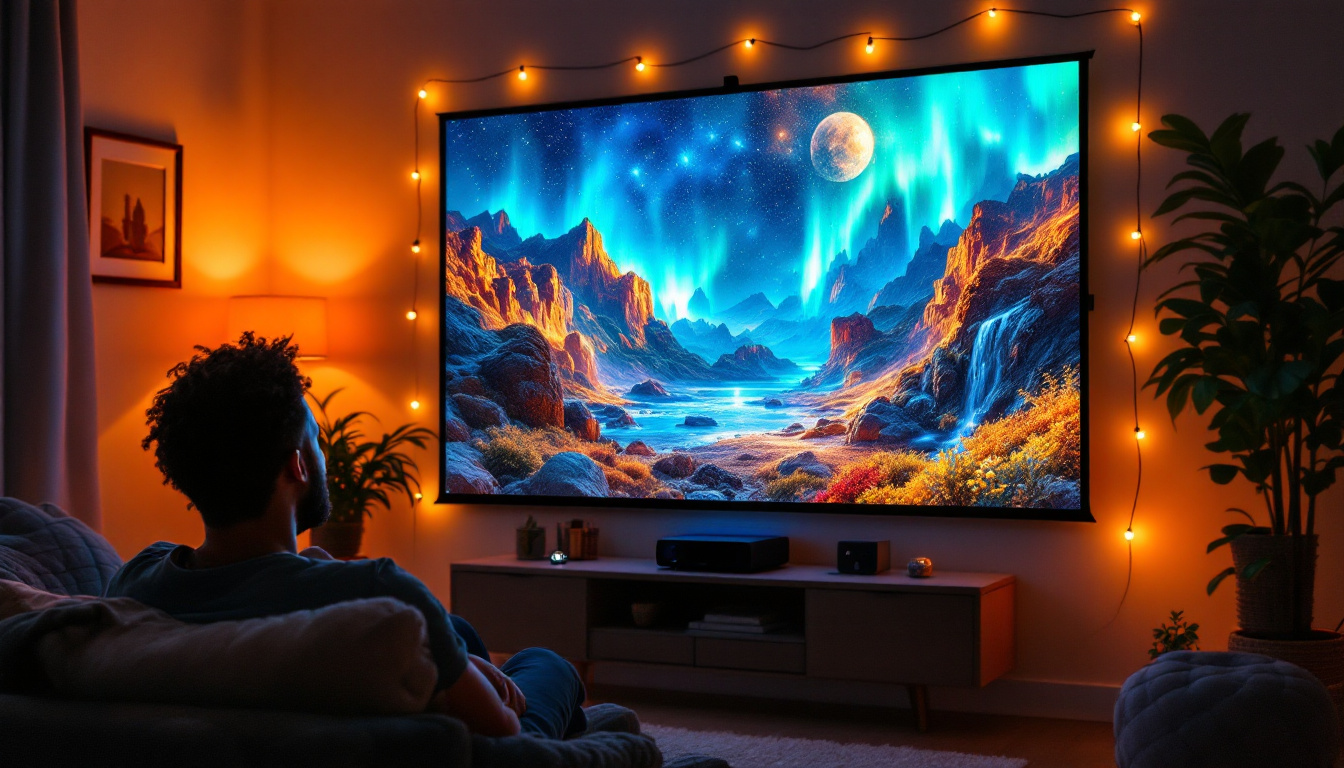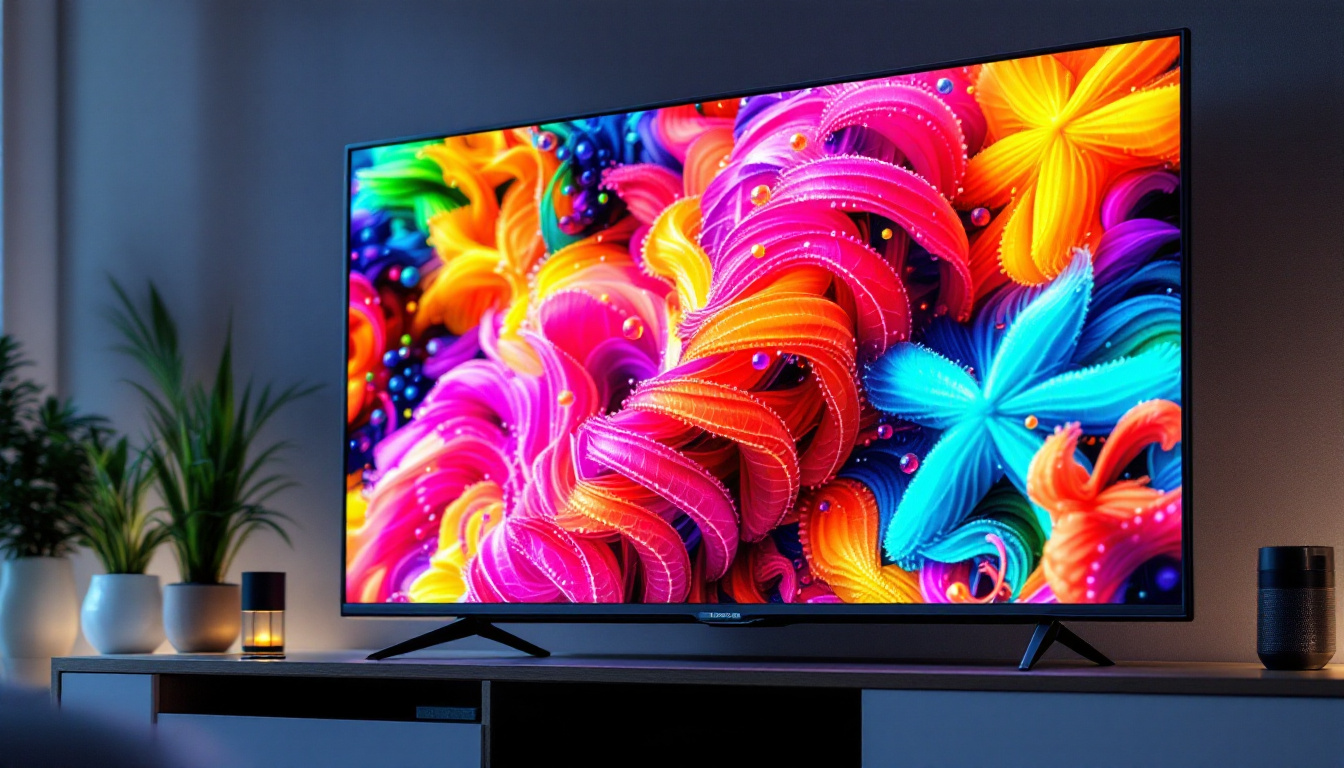The evolution of display technology has led to remarkable advancements, with micro LED lights emerging as a game-changer in the realm of visual displays. This innovative technology offers a multitude of benefits over traditional LED displays, making it an attractive option for various applications, from consumer electronics to large-scale advertising. Understanding micro LED technology is essential for anyone interested in the future of display systems.
What is Micro LED Technology?
Micro LED technology utilizes tiny, self-emissive light-emitting diodes that are significantly smaller than conventional LEDs. Each micro LED can emit its own light, allowing for greater control over color and brightness. This self-emissive nature means that micro LED displays can achieve deeper blacks and more vibrant colors compared to traditional LCDs, which rely on backlighting.
Key Features of Micro LED Displays
One of the standout features of micro LED displays is their ability to deliver high resolution and pixel density. With individual pixels measuring just a few micrometers, micro LED displays can achieve resolutions that are far superior to those of standard LED displays. This high pixel density is particularly beneficial for applications requiring close viewing distances, such as smartphones and virtual reality headsets.
Another significant advantage is the energy efficiency of micro LEDs. Because they emit light directly, they consume less power than traditional displays, which can lead to longer battery life in portable devices. Furthermore, micro LEDs have a longer lifespan, as they are less susceptible to burn-in and degradation over time, making them a more sustainable choice. The reduced energy consumption also contributes to lower heat generation, which can enhance the overall performance and longevity of the devices that utilize this technology.
Applications of Micro LED Technology
Micro LED technology is versatile and can be utilized in various applications. In the consumer electronics sector, it is increasingly being integrated into smartphones, tablets, and televisions, providing users with stunning visuals and enhanced viewing experiences. Additionally, micro LED displays are used in wearables, such as smartwatches, where compact size and energy efficiency are crucial. The potential for flexible micro LED displays opens up exciting possibilities for innovative designs, allowing manufacturers to create curved or foldable screens that adapt to user preferences.
Beyond personal devices, micro LED technology is also making waves in the advertising industry. Large-scale micro LED displays can be found in stadiums, shopping malls, and public spaces, offering eye-catching visuals that capture the attention of passersby. The flexibility of micro LED panels allows for creative installations that can adapt to different environments and requirements. Moreover, as the technology matures, we may see micro LED displays being used in augmented reality (AR) and mixed reality (MR) applications, providing immersive experiences that blend the digital and physical worlds seamlessly. This adaptability not only enhances user engagement but also paves the way for new forms of interactive advertising that can respond to viewer behavior in real-time.
Advantages of Micro LED Displays
Micro LED displays come with a plethora of advantages that make them a superior choice over traditional display technologies. These benefits not only enhance the viewing experience but also contribute to the longevity and sustainability of the devices utilizing this technology.
Superior Image Quality
One of the most significant advantages of micro LED displays is their superior image quality. The self-emissive nature of micro LEDs allows for perfect black levels, as individual pixels can be turned off completely. This results in a remarkable contrast ratio, which enhances the overall image quality. Colors appear more vibrant and true to life, providing an immersive viewing experience.
Additionally, micro LED displays can achieve a wider color gamut, meaning they can reproduce a broader range of colors. This is particularly important for applications in film and photography, where color accuracy is paramount. The ability to display HDR (High Dynamic Range) content further elevates the viewing experience, making micro LED displays a preferred choice for high-end televisions and monitors. Furthermore, the fast response times of micro LEDs minimize motion blur, making them ideal for fast-paced content such as sports and action movies, where every detail matters.
Scalability and Flexibility
Another major advantage of micro LED technology is its scalability. Micro LED panels can be manufactured in various sizes and shapes, allowing for customization to fit specific applications. This flexibility makes them suitable for everything from small devices like smartphones to massive outdoor displays used in advertising.
The modular nature of micro LED technology also allows for seamless integration into different environments. Panels can be combined to create larger displays without losing image quality, making them ideal for large-scale installations. This adaptability is a significant factor in their growing popularity across various industries. For instance, in retail settings, micro LED displays can be tailored to fit unique architectural designs, providing eye-catching visuals that draw in customers. Moreover, their lightweight construction and thin profile facilitate easier installation and maintenance, further enhancing their appeal for both temporary and permanent setups.
Challenges Facing Micro LED Technology
Despite the numerous advantages, micro LED technology is not without its challenges. As with any emerging technology, there are hurdles to overcome before it can reach its full potential in the market.
Manufacturing Complexity
The manufacturing process for micro LED displays is complex and requires advanced technology. The tiny size of the micro LEDs makes them difficult to handle and position accurately on a substrate. This complexity can lead to higher production costs, which may hinder widespread adoption in the consumer market.
Additionally, the process of transferring micro LEDs from their original wafers to display panels, known as “pick and place,” is a significant bottleneck in production. Innovations in manufacturing techniques are essential to streamline this process and reduce costs, making micro LED displays more accessible to consumers. Recent advancements in automation and robotics are being explored to enhance precision in the placement of these tiny components, potentially revolutionizing the manufacturing landscape. Moreover, the development of new materials and techniques for creating micro LEDs could also simplify the production process, leading to greater efficiency and lower costs.
Market Competition
Micro LED technology faces stiff competition from other display technologies, such as OLED and traditional LCDs. OLED displays, in particular, offer many of the same benefits as micro LEDs, including excellent color reproduction and deep blacks. As a result, micro LED manufacturers must demonstrate clear advantages to persuade consumers to adopt this new technology.
Furthermore, established companies with significant market share in the display industry may be hesitant to invest in micro LED technology until it proves to be a viable alternative. This cautious approach can slow down the adoption of micro LED displays in the market. Additionally, consumer awareness and education play a pivotal role in this competitive landscape; many potential buyers may not fully understand the benefits of micro LEDs over existing technologies. As such, effective marketing strategies and informative campaigns will be crucial for micro LED manufacturers to highlight their unique selling points, such as energy efficiency, longevity, and superior brightness. The challenge lies not only in technological advancement but also in shifting consumer perceptions and preferences in a rapidly evolving market.
The Future of Micro LED Technology
The future of micro LED technology appears promising, with ongoing research and development aimed at overcoming existing challenges. As manufacturers refine their production processes and reduce costs, micro LED displays are expected to become more prevalent in various applications.
Potential Innovations
Future innovations in micro LED technology may focus on enhancing manufacturing efficiency and reducing costs. Advances in automation and robotics could streamline the assembly process, making it easier to produce high-quality displays at scale. Additionally, new materials and techniques may emerge that improve the performance and longevity of micro LEDs.
Furthermore, as the demand for high-resolution displays continues to grow, micro LEDs may find their way into new applications, such as augmented reality (AR) and virtual reality (VR) systems. These immersive technologies require displays that can deliver exceptional image quality and responsiveness, making micro LED technology an ideal candidate. The ability to create ultra-thin and lightweight displays will further enhance the portability of AR and VR devices, making them more accessible to consumers and industries alike.
Integration with Other Technologies
Micro LED technology is also likely to integrate with other emerging technologies, such as artificial intelligence and the Internet of Things (IoT). Smart displays that adapt to user preferences and environmental conditions could enhance the overall user experience, making micro LEDs even more appealing. Imagine a display that adjusts its brightness and color temperature based on the time of day or the ambient light in a room, creating an optimal viewing experience without manual adjustments.
As micro LED technology continues to evolve, it may also pave the way for new display formats, such as flexible and transparent displays. These innovations could revolutionize how displays are used in everyday life, from smart windows to wearable devices. For instance, flexible micro LED screens could be integrated into clothing, allowing for dynamic designs that change based on the wearer’s mood or environment. Transparent displays could transform storefronts and advertising, enabling brands to create engaging visual experiences that blend seamlessly with their surroundings, captivating consumers in ways previously thought impossible.
Conclusion
Micro LED technology represents a significant advancement in display technology, offering numerous advantages over traditional LED and OLED displays. With superior image quality, energy efficiency, and scalability, micro LEDs are poised to play a crucial role in the future of visual displays.
While challenges remain, ongoing research and development are expected to drive innovation and adoption in the coming years. As manufacturers work to overcome production hurdles and demonstrate the unique benefits of micro LED displays, their presence in consumer electronics, advertising, and other applications will likely expand.
Ultimately, the future of micro LED technology is bright, promising a new era of stunning visuals and enhanced user experiences across a wide range of industries.
Discover the Future of LED Displays with LumenMatrix
Ready to experience the unparalleled image quality and innovation of micro LED technology? LumenMatrix is at the forefront of this transformative era, offering a wide array of LED display solutions tailored to your needs. From Indoor and Outdoor LED Walls to Custom and All-in-One LED Displays, our products are designed to captivate and engage your audience. Elevate your brand’s visibility and communicate with impact using our cutting-edge LED Sports Displays, LED Posters, and more. Check out LumenMatrix LED Display Solutions today and join the visual revolution.

